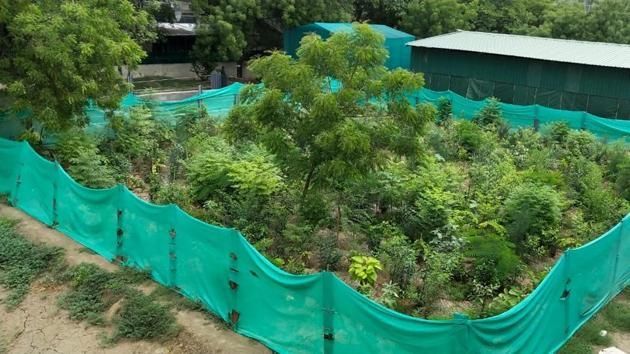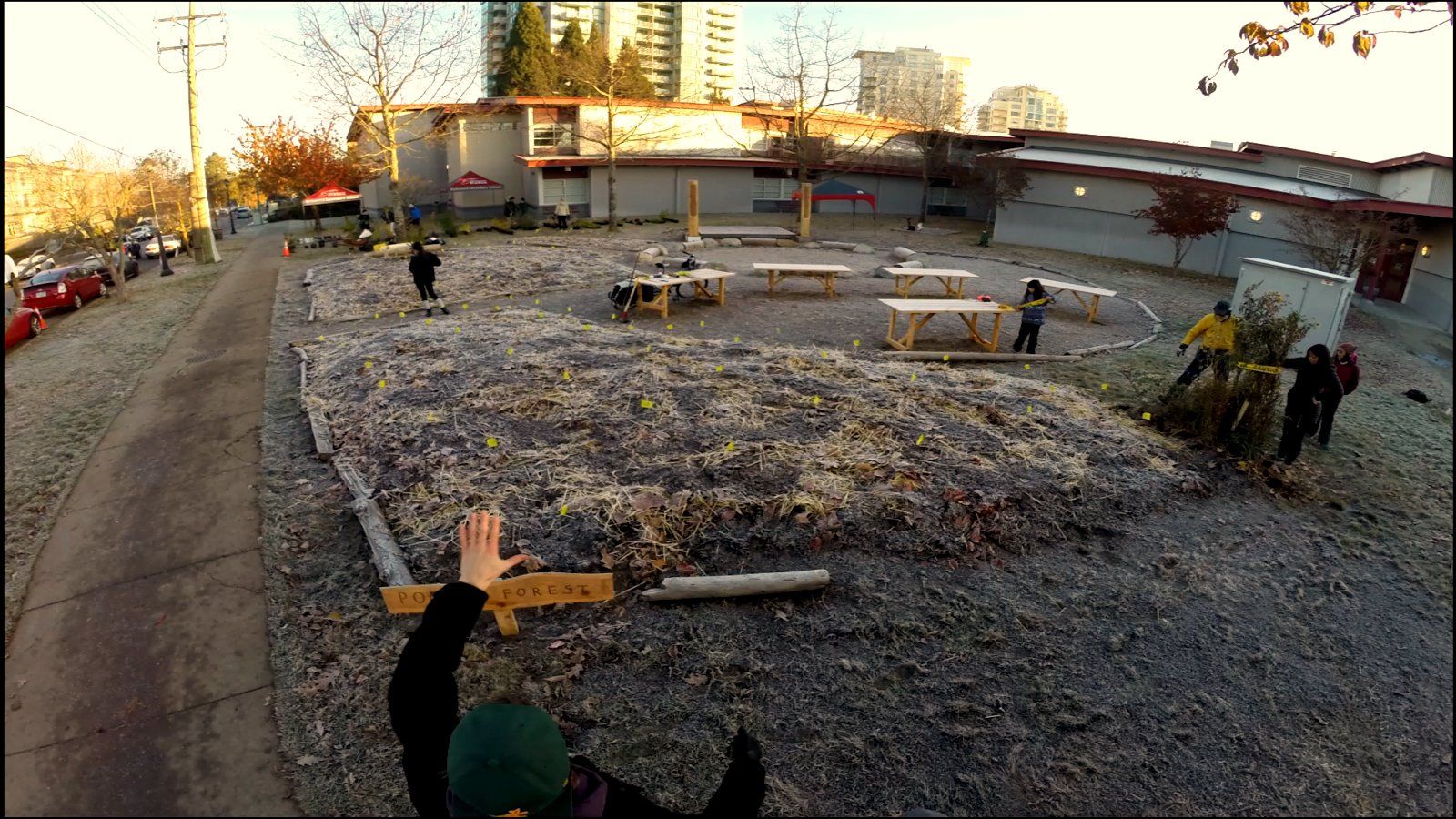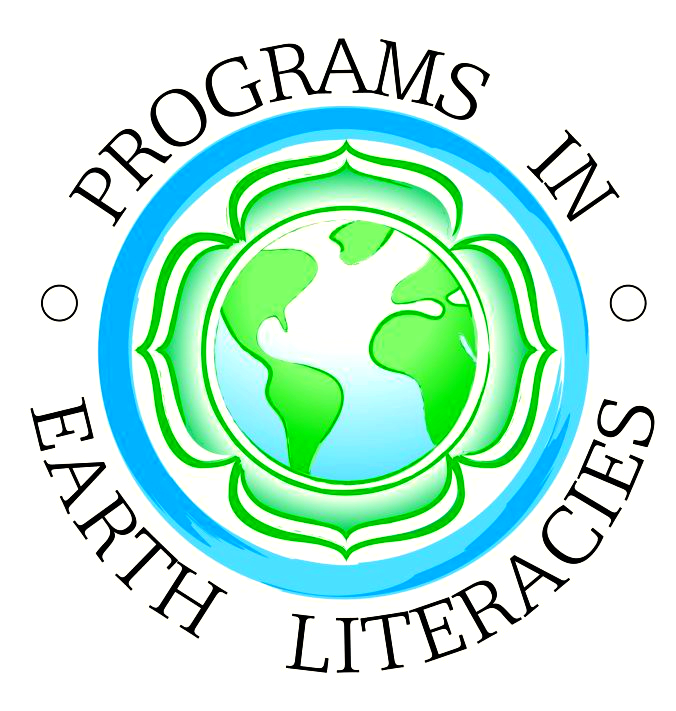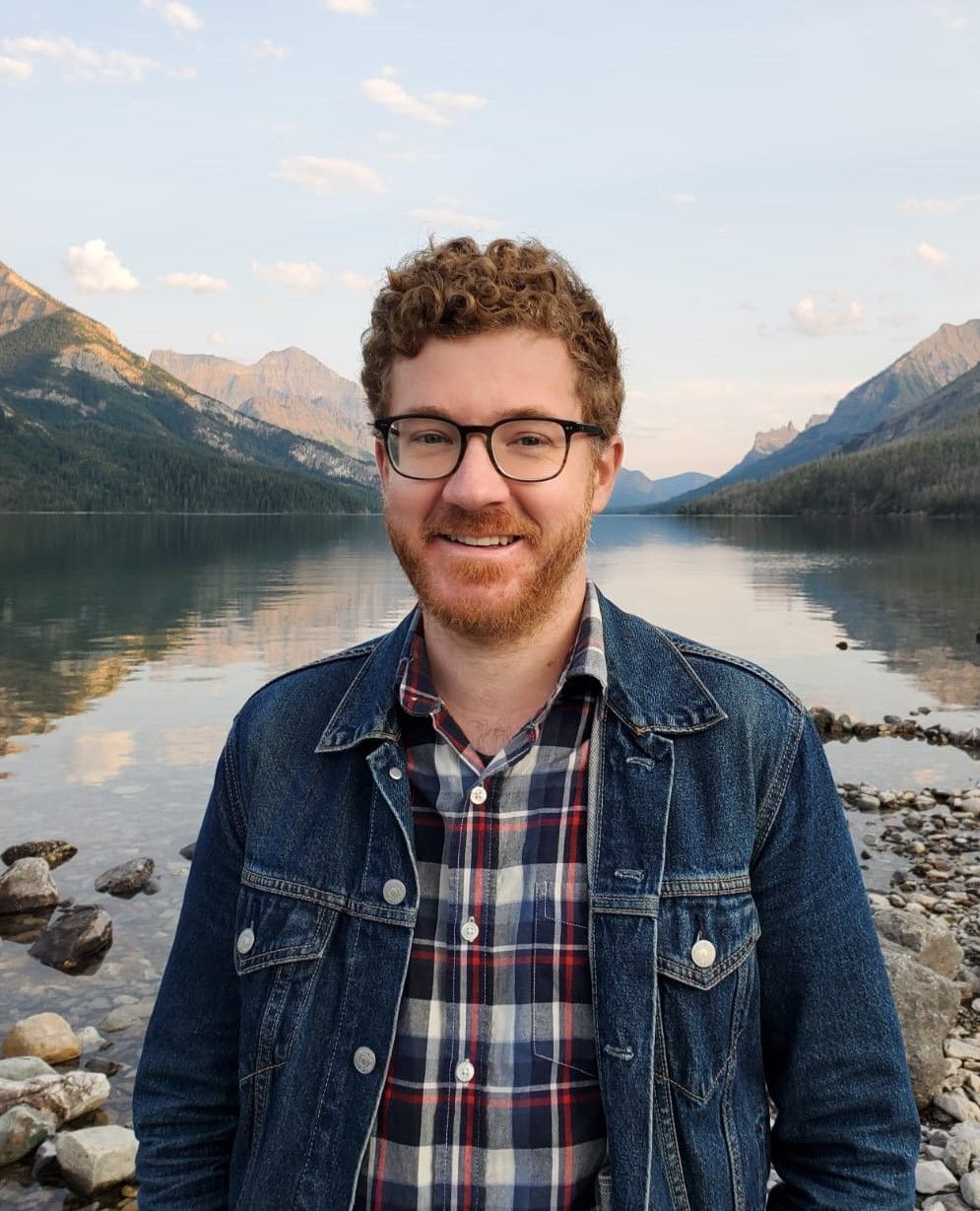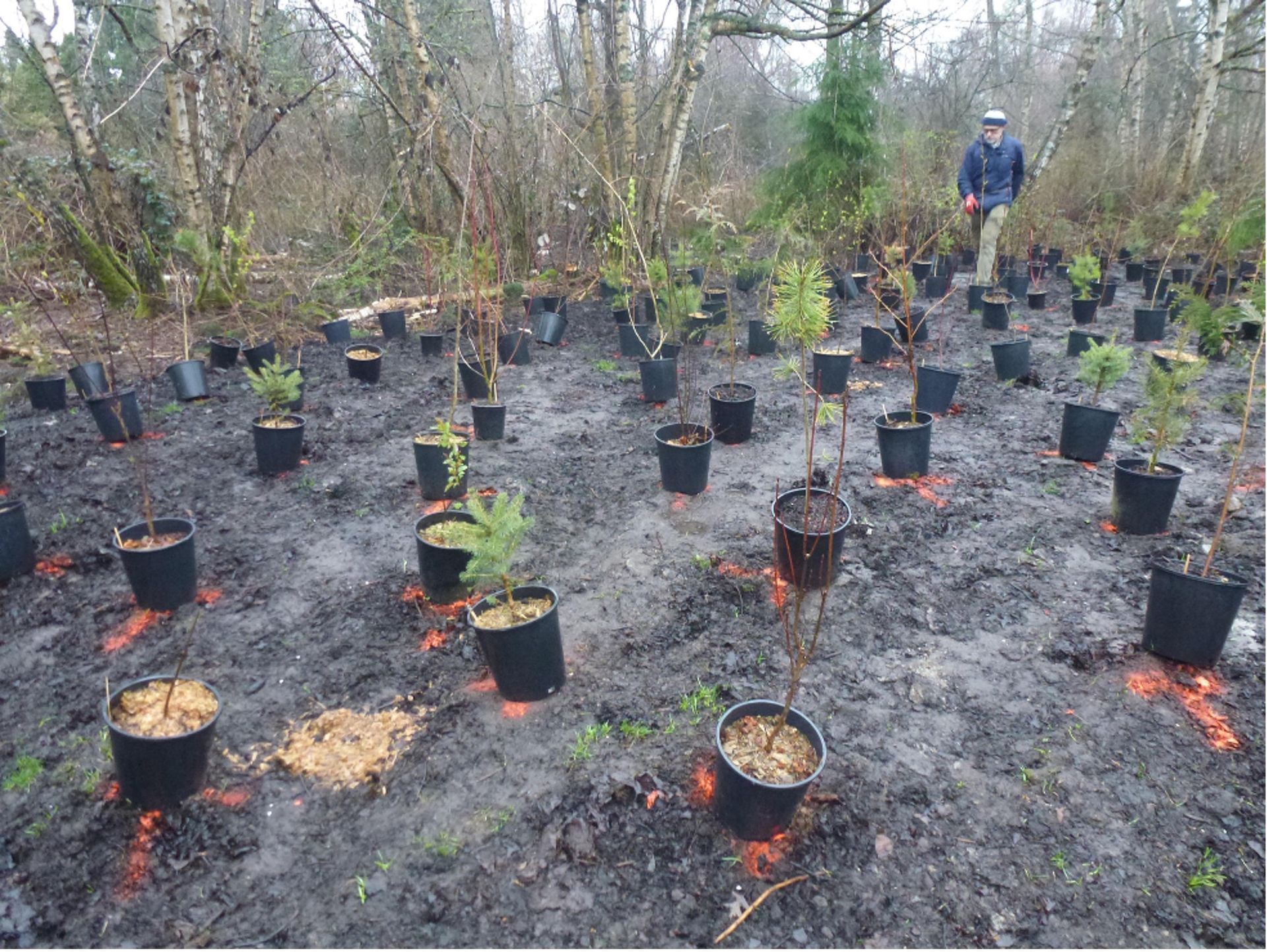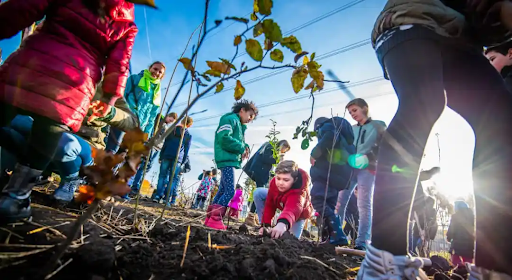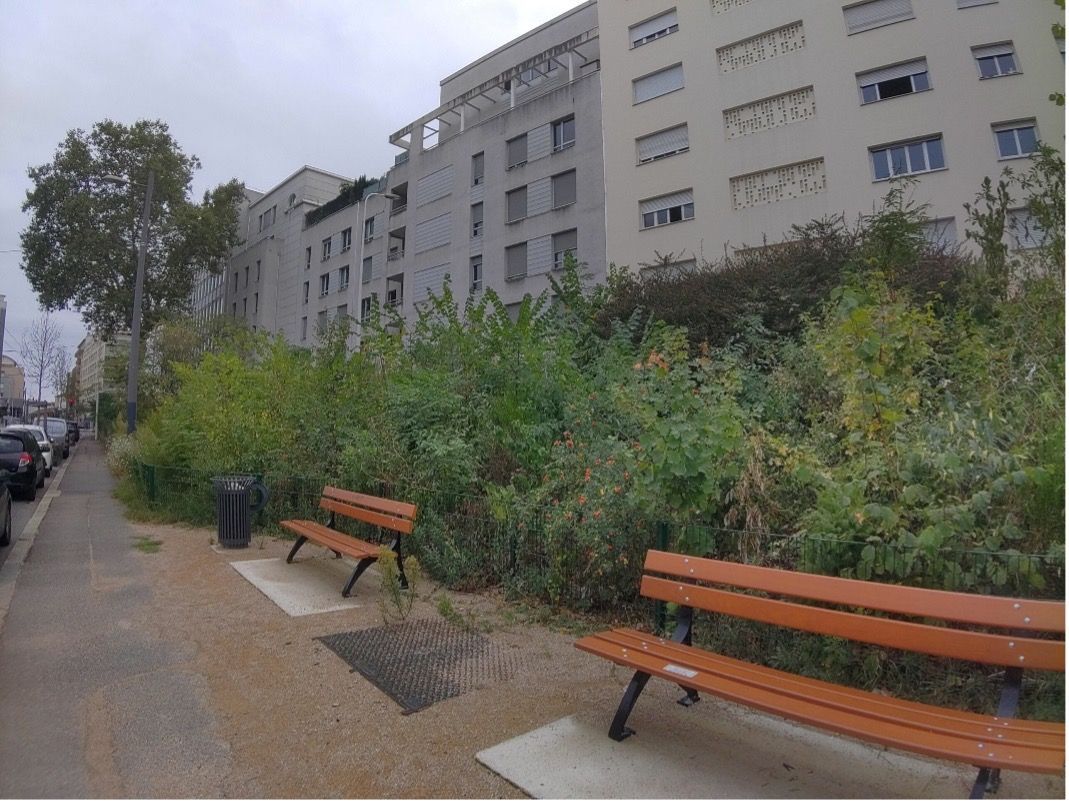Bio: Sean Steele is a writer, educator, musician, and academic. He holds an MA in the humanities from York University and a BA in philosophy and history from Concordia University. He is currently writing a PhD thesis that explores the emergence of the sacred within the context of secular music festivals. His scholarly writing has appeared in Arts and Humanities in Higher Education, The American Studies Journal, and The Journal of Unschooling and Alternative Learning. Sean works as the research lead for Seedlings Forest Education, an organization that provides outdoor educational programs for children. He is an outdoor enthusiast who loves to camp, hike and climb in the forests and mountains of Vancouver Island.
Utopia - Journeying into Miyawaki Forests - Blog Post 3 - Growing up Together
Earth Literacies presents a new Earth Stories (blog) series exploring Miyawaki Forests
Miyawaki Forest Blog Post #3
with Outdoor Educator - Sean Steele
For the past few months, I’ve found myself thinking about ways to contribute to positive changes to help combat the negative effects of climate change on our planet. I have been thinking and dreaming of small-scale projects that might create a kind of ripple effect, inspiring others to plant gardens and tiny forests where they live. I see Miyawaki forests as small spaces that spark the imagination. Although I have little practical experience at this point, I understand the importance of dreaming and imagining alternatives as methods that can orient energy and prioritize actions.
Over the holidays, I was fortunate to have a little time to step away from routines and plans. After the shift from one potential mini-forest project to another one, and the holiday break putting a pause on developments at the new site, I decided to spend time reading and thinking about how my desire to help plant a Miyawaki forest fits into my broader hope for the future.
To help me in my thinking and dreaming of imaginary alternatives, I returned to a literary source and read Thomas More’s 1516 novel Utopia for the second time. The first time I read it, I was in my early twenties – a good age to dream about other places that looked and felt different than the one I had grown up in.
Now, all these years later, I returned to More’s book with a different mindset. This time, I was interested in reflecting on the kind of utopia I might create if I were to sit down and write it out. What elements of an ideal society might I include? What elements would be carried over from the world I inhabit, and what would I leave out?
In Utopia, More’s narrator describes the various aspects of an ideal society that reflects the historical and cultural era in which the story was written. More’s choice of Utopia as the name for his fictional kingdom is apt. The word contains two simultaneous meanings, which offer a clue to the satirical intent of the author. A eutopia refers to an ideally perfect place, a space of perfected social relations. A utopia, on the other hand, refers to a non-place, or a non-existent place. What More describes in his book, written many centuries ago, is an ideal society that can only exist in the mind.
As I re-read Utopia, I reflected on how More’s description of an ideal society is a way to implicitly criticize the society in which he lived. This got me thinking about what aspects of society I would criticize. One of the first things that came to mind was the erroneous separation of humans from nature. Or, worse still, the idea that humans are not only separate from, but in control of nature.
We live in the Anthropocene, the era of history in which our actions, as a species, have global effects on plants, animals, and the whole of humanity. We have the power to wipe out entire species and destroy entire ecosystems. Our actions already have. But in my utopia, the idea that humans are somehow separate from the natural world would be absent. In my utopia, ecology would inform decisions. My utopia would be based on the importance of understanding what is required to reach and sustain a balance between people and their surrounding environment.
A Miyawaki forest planted in a small corner of a park or school may seem like a little project, which indeed it is, but it offers a starting place to strive toward an ecological awareness of how cultivating a few dozen trees is, in fact, also cultivating inner growth in those who care for the trees. The trees, shrubs, grasses, and micro-organisms that thrive in a healthy Miyawaki forest are not the only thing to grow. The people who help with the planning and the planting, as well as those who may one day walk past the little forest, are given the opportunity to grow as well. If we can learn to care for the world around us, we can help make the world more like the utopia I thought about over the holidays.
I want to dream big, but start small. At this point, I’m not sure when I’ll have the opportunity to plant a seed, but I’m always ready to dream, and never ready to lose hope...
How about you?
For the latest blog submissions to Earth Stories from Sean, as he documents his Miyawaki Forest Journey (and how you might do the same in your 'backyard'), check our Earth Stories Blog every couple weeks and / or subscribe to the Programs in Earth Literacies Newsletter where new articles will be posted and delivered via email.
